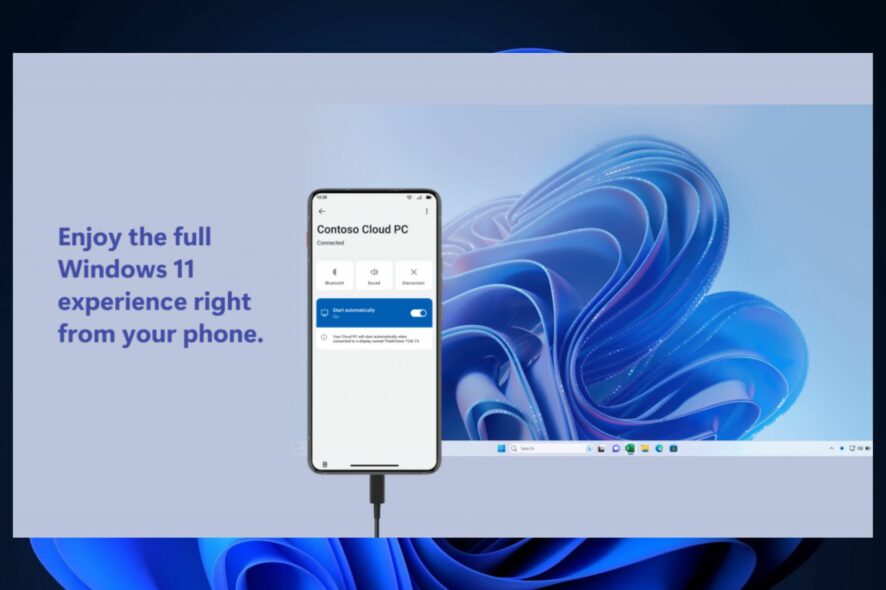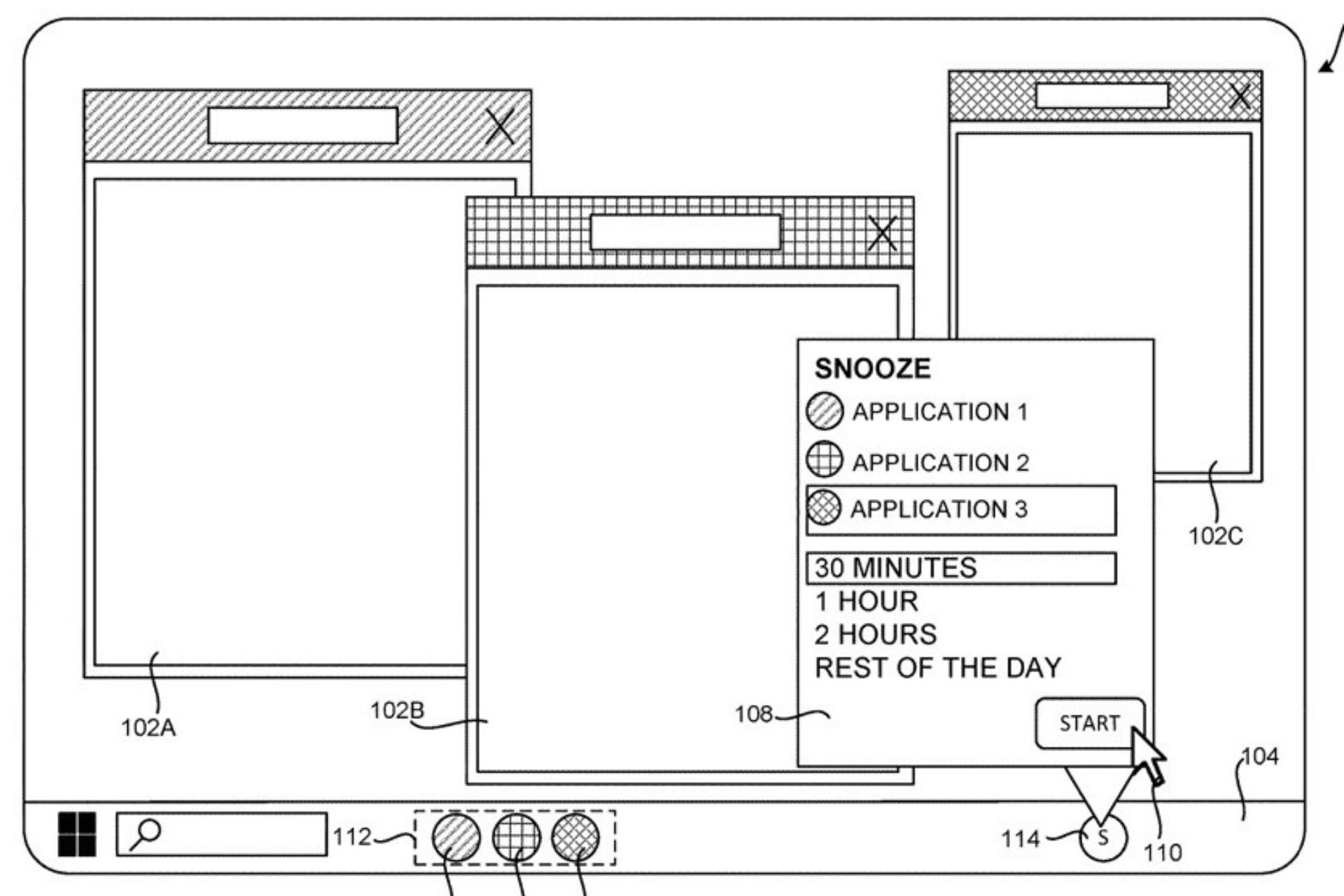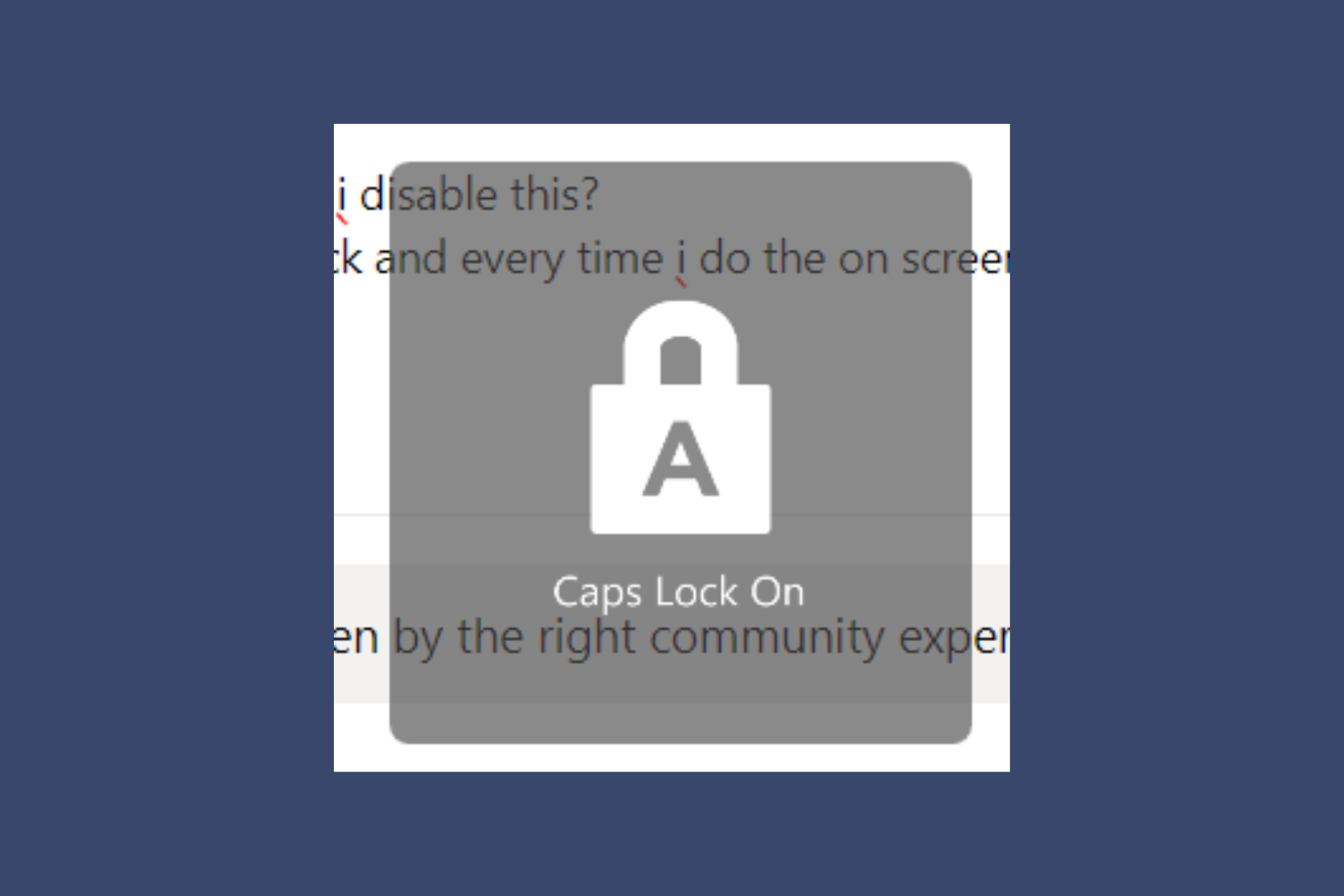Enhanced Windows 365 App Experience: Wear Windows 11 in your pocket
You can now experience a fully-fledged Windows 11 on your Android phone.
2 min. read
Updated on
Read our disclosure page to find out how can you help Windows Report sustain the editorial team Read more

A fully-fledged Windows 365 experience is coming to your Android phone, and you will be capable of having a Windows 11 on-the-go, in your pocket, according to Microsoft’s latest announcement.
We are excited to introduce the Enhanced Windows 365 App Experience, a built-in experience for Android devices that empowers you to harness the capabilities of a full-fledged Windows experience powered by the Microsoft Cloud right from your Android smartphone.
Titled the enhanced Windows 365 App experience, the mobile Windows 11 will allow you to work remotely from anywhere, as long as you have your phone with you and an Internet connection.
Plus, Microsoft is bringing a lot of new capabilities to the Windows 365 app for Android. These capabilities will offer you more tools to be able to work on projects from your mobile device.
- Your phone will become a productivity hub – according to Microsoft, connecting your phone to an external display, along with a keyboard and a mouse, will allow it to become a device hub for work. This could come in handy when dealing with certain situations.
- You will be able to have instant access to Windows 365 Cloud PC – by simply signing into your enterprise account, and connecting your PC to an external display, you’ll be able to use it to access Windows 11 Cloud.
- Seamless multitasking will allow you to keep using your phone’s apps while working on Windows 365 Cloud. You can make calls, and answer them, and you can even check your Instagram, without disrupting the Windows 365 experience.
For now, the enhanced Windows 365 App experience is available to all Lenovo ThinkPhone users, as the feature is a collaboration with Lenovo. It’s not yet clear if the experience will come to other Android phones.
What do you think about this new experience coming to Android? Do you see yourself using Windows 11 on a mobile device, for work?








